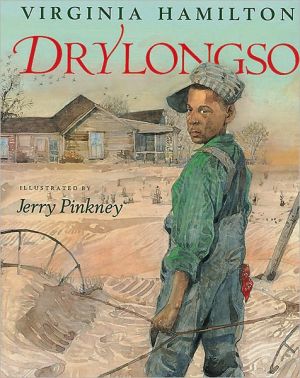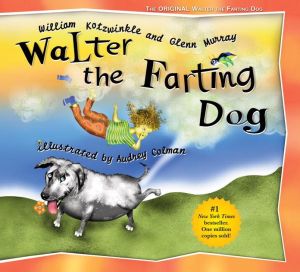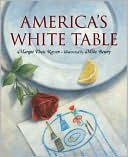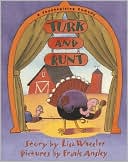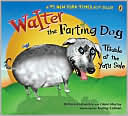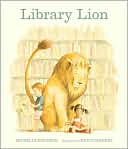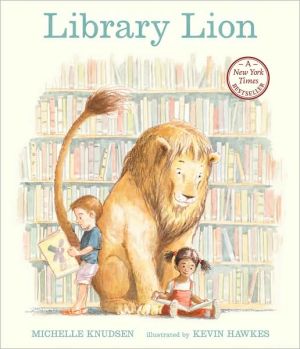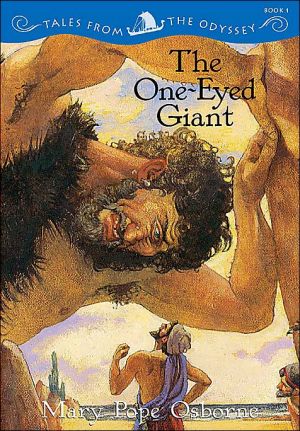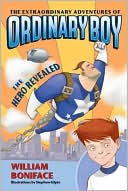Drylongso
Lindy and her family are suffering through a long drought. Then the mystical Drylongso teaches them the secrets of finding water hidden in the earth. “Drylongso is a hypnotic, joyful story from a distinguished writer—one that, with the help of Jerry Pinkney’s beautiful watercolor and pastel pictures, depicts well the dry land, the swirling wind and earth, and an African-American family planting in hope with the help of a wondrous, dusty, divining stickfella.”—The New York Times Book Review\...
Search in google:
Lindy and her family are suffering through a long drought. Then the mystical Drylongso teaches them the secrets of finding water hidden in the earth. “Drylongso is a hypnotic, joyful story from a distinguished writer—one that, with the help of Jerry Pinkney’s beautiful watercolor and pastel pictures, depicts well the dry land, the swirling wind and earth, and an African-American family planting in hope with the help of a wondrous, dusty, divining stickfella.”—The New York Times Book ReviewPublishers WeeklyEndowing her eponymous protagonist with the mystical qualities of a folk hero and the wry wit of a boy, Newbery Medalist Hamilton has created a provocative tale with both spiritual and environmental allusions. Lindy and her parents rescue a tall, skinny ``stick-fella'' from a sudden dust storm. Named Drylongso for the periods of drought that ``lasted so long, folks thought it was just ordinary. Dry so long, it was common, like everyday,'' the strange boy brings with him the promise of new life--water. The adults cautiously accept his peculiar nature--his mysterious arrival, his unknown origins, his aphoristic, at times prophetic, statements on growth and life. In contrast, Lindy, who provides the tale with a measure of comic relief, bombards the boy with her curiosity; Drylongso's jokey affection for Lindy saves the story from cloying sentimentality. Pinkney's atmospheric watercolors highlight the strong familial bond central to the story; his characters and landscape superbly vivify Hamilton's barren clime. An afterword offers both a historical account of U.S. drought cycles and a cultural context for this intriguing central character. Ages 8-12. (Oct.)
\ Publishers Weekly\ - Publisher's Weekly\ Endowing her eponymous protagonist with the mystical qualities of a folk hero and the wry wit of a boy, Newbery Medalist Hamilton has created a provocative tale with both spiritual and environmental allusions. Lindy and her parents rescue a tall, skinny ``stick-fella'' from a sudden dust storm. Named Drylongso for the periods of drought that ``lasted so long, folks thought it was just ordinary. Dry so long, it was common, like everyday,'' the strange boy brings with him the promise of new life--water. The adults cautiously accept his peculiar nature--his mysterious arrival, his unknown origins, his aphoristic, at times prophetic, statements on growth and life. In contrast, Lindy, who provides the tale with a measure of comic relief, bombards the boy with her curiosity; Drylongso's jokey affection for Lindy saves the story from cloying sentimentality. Pinkney's atmospheric watercolors highlight the strong familial bond central to the story; his characters and landscape superbly vivify Hamilton's barren clime. An afterword offers both a historical account of U.S. drought cycles and a cultural context for this intriguing central character. Ages 8-12. (Oct.)\ \ \ \ \ Children's Literature\ - Deborah Zink Roffino\ The author explains that in the Gullah language, "drylongso" is a black colloquial expression that means something rare has become so common that it is very ordinary. The boy, Drylongso, in Virginia Hamilton's latest book is neither common nor ordinary. Set west of the Mississippi River in 1975, this lengthy picture book tells the story of how one family copes with the dusty ravages of drought, and the young boy - half mythical, half folk hero - who appears as a harbinger of a better life. Jerry Pinkney's watercolors manage to glow through the gritty dust that muffles the family's farm life. Daughter Lindy's indomitable spirit is as refreshing and hopeful as spring rain.\ \ \ School Library JournalGr 3-6-- On their farm west of the Mississippi River, Lindy and her father put tomato plants into the dry ground. It is the 1970s, and the 20-year cycle of drought is upon them, covering everything in dust and threatening destruction. As they work, Lindy sees the ``wall-a-cloud'' of a dust storm and a ``stick figure'' running in front of it. The ``stick figure'' is Drylongso, a boy whose name comes from the Gullah expression signifying drought. Wherever he goes, he promises, ``life will grow better.'' The family takes him in and with seeds he has brought, they work together, replant, and find an underground spring. For Lindy, the mysterious boy is a brother who enriches her life with his stories and actions, leaving her with hope for the future. As in many of her other works of fiction, Hamilton combines myth and realism to create a poignant, powerful tale. Although believable as a child, Lindy is complex and wise, and there is great depth in the portrayal of her relationship with Drylongso. His story and his brief sojourn with Lindy's family has much to tell readers about families, nature, the environment, and life. Along with the insights, there is humor in the form of puns, jokes, and stories. Written in modified dialect, the language is vivid and poetic; however, the dialogue is a bit self-conscious at times, with clever turns of phrase that interrupt the flow and call attention to themselves. Pinkney's illustrations are exquisite, expressive, and perfectly in tune with the tone and spirit of the text. Despite the occasional seams, this is a fine book. --Lyn Miller-Lachmann, Siena College Library, Loudonville, NY\ \
